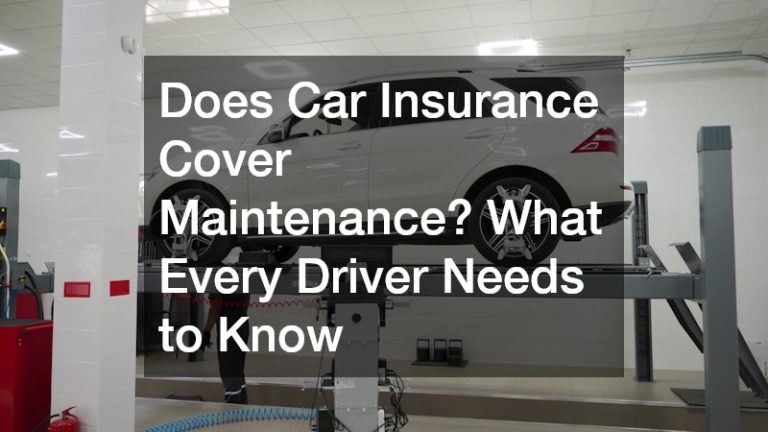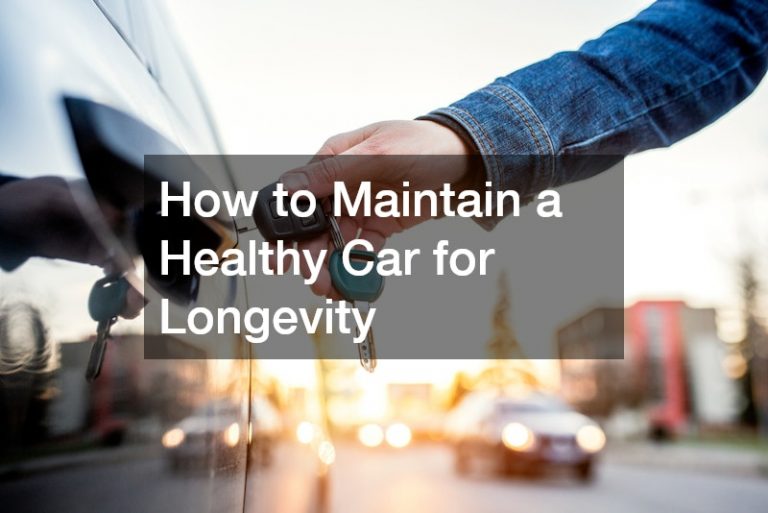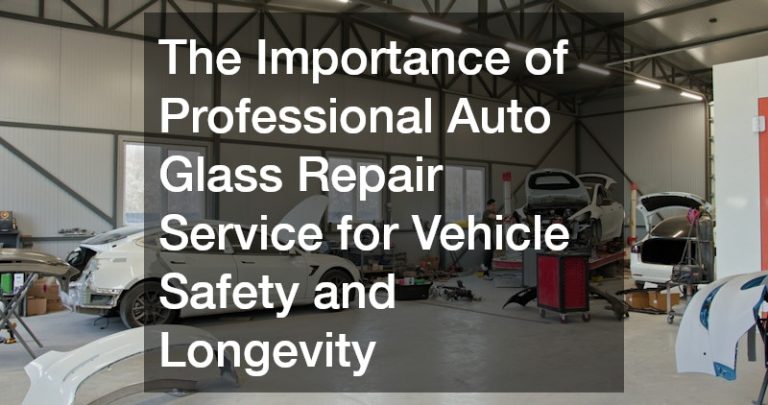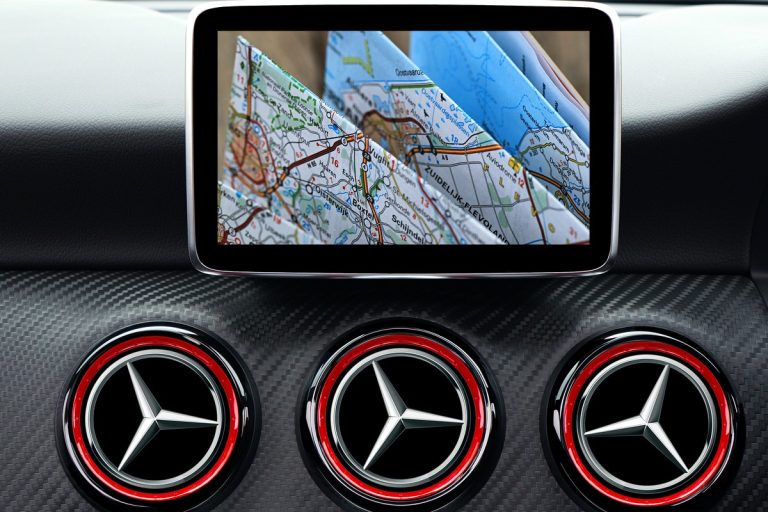Car insurance is a must-have for every vehicle owner, but many drivers still don’t fully understand what their policies actually cover, especially when it comes to car maintenance. Whether you’re a seasoned driver, a new car buyer, or a first-time policyholder, knowing the limits of your coverage can save you time, money, and frustration. One of the most common questions people ask is: Does car insurance cover maintenance?
In this article, we’ll clear up that confusion. We’ll walk you through what typical car insurance policies do and don’t include, explain how maintenance coverage differs from repairs and accidents, and offer practical tips for managing the costs of routine car care. If you’re wondering what your insurance really pays for—or if you’re exploring how to switch car insurance—read on.
What Does Car Insurance Typically Cover?
Before we tackle maintenance, let’s take a look at the basics of what car insurance is designed to do. Most auto insurance policies are built to protect you financially from unexpected accidents or damage. Here’s a breakdown of standard coverage types:
- Liability Coverage: Pays for damage or injuries you cause to others.
- Collision Coverage: Covers vehicular damage in a crash, whether you are at fault or not.
- Comprehensive Coverage: Provides protection against incidents that don’t involve a collision, such as theft, vandalism, or weather damage.
- Personal Injury Protection (PIP): Covers medical expenses for you and your passengers.
- Uninsured/Underinsured Motorist Coverage: Protects you if you’re hit by a driver without sufficient insurance.
Important: None of these types typically include routine car maintenance like oil changes, brake pad replacements, or tire rotations.
Does Car Insurance Cover Maintenance?
Many car owners assume that because they pay monthly premiums, their insurance will also cover general upkeep—but that’s not the case.
Why Insurance Doesn’t Include Maintenance
Car insurance is intended for unexpected events, not the predictable wear and tear that comes with regular vehicle use. Maintenance is considered your responsibility as a vehicle owner, and insurers view it as part of your duty to keep the car in good condition.
Common Maintenance Items Not Covered:
- Oil changes
- Tire rotation and replacement
- Brake pad replacement
- Air filter changes
- Battery replacement
- Scheduled tune-ups
That said, there are exceptions. Some insurers offer add-on coverage or partnerships with auto care programs, but these typically come at an extra cost and are not part of a standard policy.
What About Mechanical Breakdowns or Repairs?

Another point of confusion is the difference between maintenance and repairs. Here’s how insurance providers draw the line:
- Maintenance is planned and preventative (e.g., changing fluids, rotating tires).
- Repairs often result from sudden malfunctions or damages (e.g., transmission failure, blown engine).
While standard car insurance won’t cover mechanical failures, you may be eligible for coverage through:
- Extended warranties
- Manufacturer warranties
- Mechanical breakdown insurance (MBI) – a special type of policy sometimes offered by insurers
Always review the fine print of your policy or ask your insurance agent if MBI or similar options are available.
What Are Your Options for Covering Maintenance Costs?
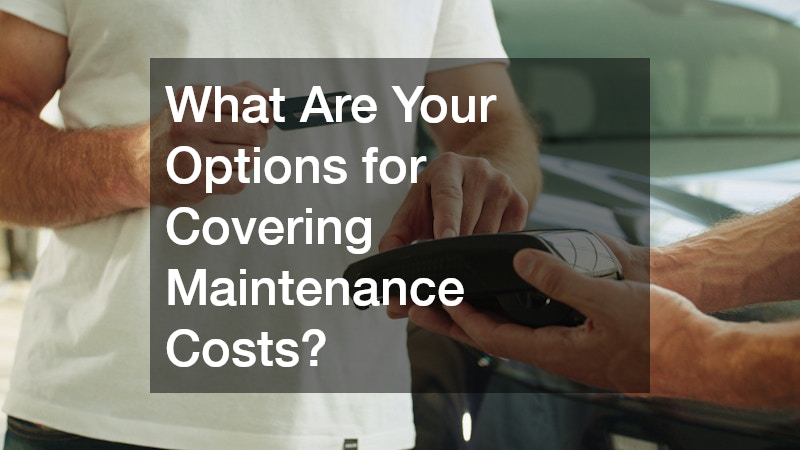
If insurance won’t foot the bill, how can you afford the regular upkeep your vehicle needs? Here are a few smart strategies:
1. Consider a Vehicle Service Contract
Many dealerships offer service contracts or maintenance packages that cover routine services for a set period. These are ideal for new car buyers who want peace of mind.
2. Budget for Maintenance
Plan ahead by setting aside money each month. The average annual cost for car maintenance is around $500 to $700, depending on vehicle age and type.
3. Use Credit Card Rewards or Auto Shop Loyalty Programs
Some credit cards provide cashback for automotive purchases, and many auto shops offer discounts or loyalty points.
4. Bundle Add-Ons When Buying Insurance
Ask your insurance provider about optional maintenance add-ons or roadside assistance packages that may offer value.
When to Reevaluate Your Policy (and How to Switch Car Insurance)
If you’re finding that your current policy doesn’t meet your evolving needs, especially if you’re paying for extras you don’t use, it might be time to reevaluate.
Here’s how to switch car insurance effectively:
- Compare multiple quotes from different providers.
- Check for penalties or cancellation fees with your current insurer.
- Make sure there’s no gap in coverage—set your new policy to start as your old one ends.
- Review your new policy in detail before signing.
Switching car insurance can sometimes help you find better options, including possible add-ons or partnerships for discounted maintenance services.
Final Thoughts: Know What You’re Paying For
Understanding your car insurance policy is essential to becoming a responsible and financially savvy vehicle owner. While car insurance does not cover maintenance, being aware of this upfront helps you avoid surprises and make informed decisions.
If you’re buying a car for the first time or shopping around for better coverage, take the time to ask the right questions. Don’t just assume your policy has you covered from top to tailpipe—because when it comes to routine maintenance, that’s your job.

